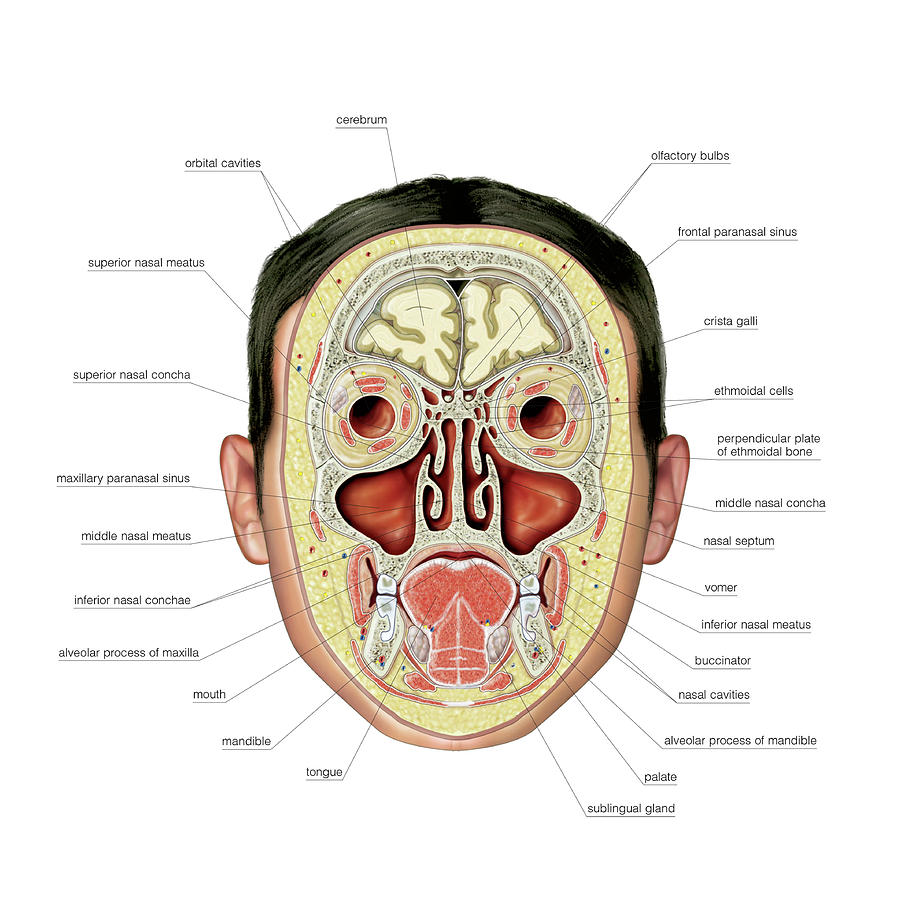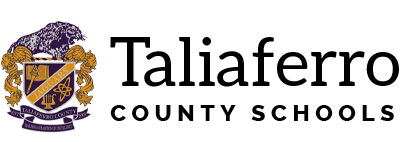Raynija
Video Player
The human skeleton is the internal framework of the body. It is composed of around 270 bones at birth – these total decreases to around 206 bones by adulthood after some bones have fused together.
Transverse Section of Skeletal
A transverse section, also known as a cross-section, is a cut or slice made through an object or structure perpendicular to its long axis or plane. In other words, it is a section that divides the object or structure into upper and lower portions. In anatomy, transverse sections are commonly used to study the internal structures of the body. So, for the Transverse Section of Skeletal the organs that would be cut are liver, stomach, and spleen.
- Perimysium
- Striated Muscle
- Endomysium
- Nerve
Frontal Section of Skeletal System
Frontal (coronal) planes divide the body into anterior and posterior portions. These planes are perpendicular to sagittal planes and parallel to the longitudinal axis of the body. A frontal section of the head for example, would divide it into one portion bearing the face and another bearing the back of the head.

- Tongue
- Cerebrum
- Vomer
- Palate
Sagittal Section of Skeletal

- Parietal tube
- Meninges
- Cerebrospinal Fluid
- Cerebellum
Temperature
Level rises
Receptor
Level drops
pH
Level rises
Receptor
Level drops
Blood Pressure
Level rises
Receptor
Level drops
Blood Sugar
Level rises
Receptor
Level drops

